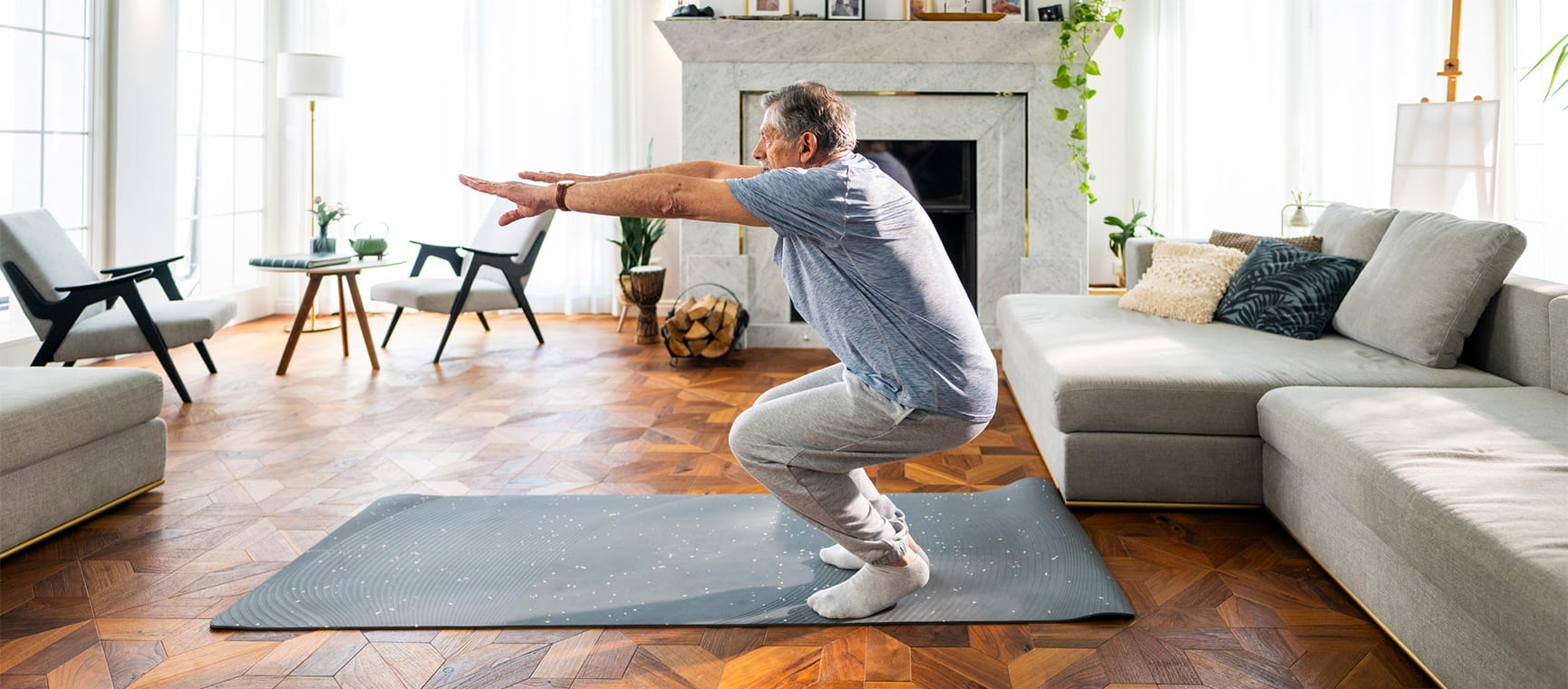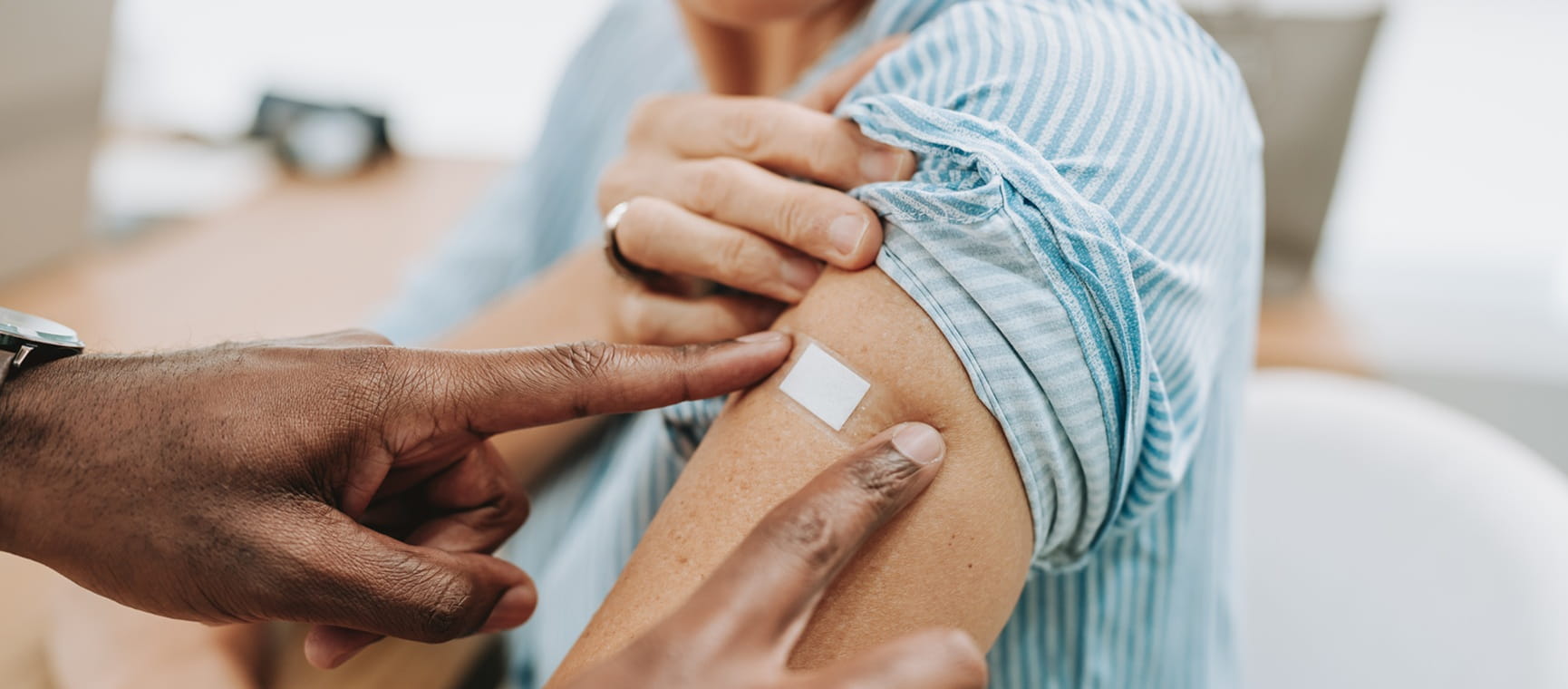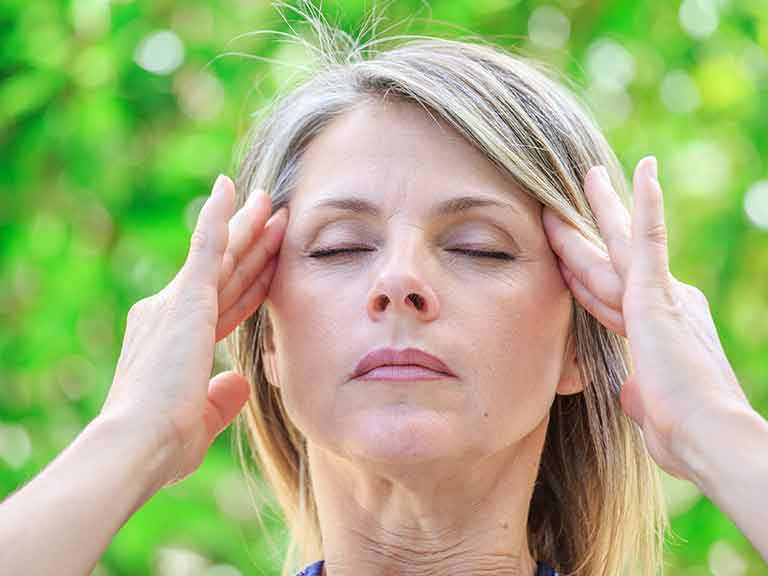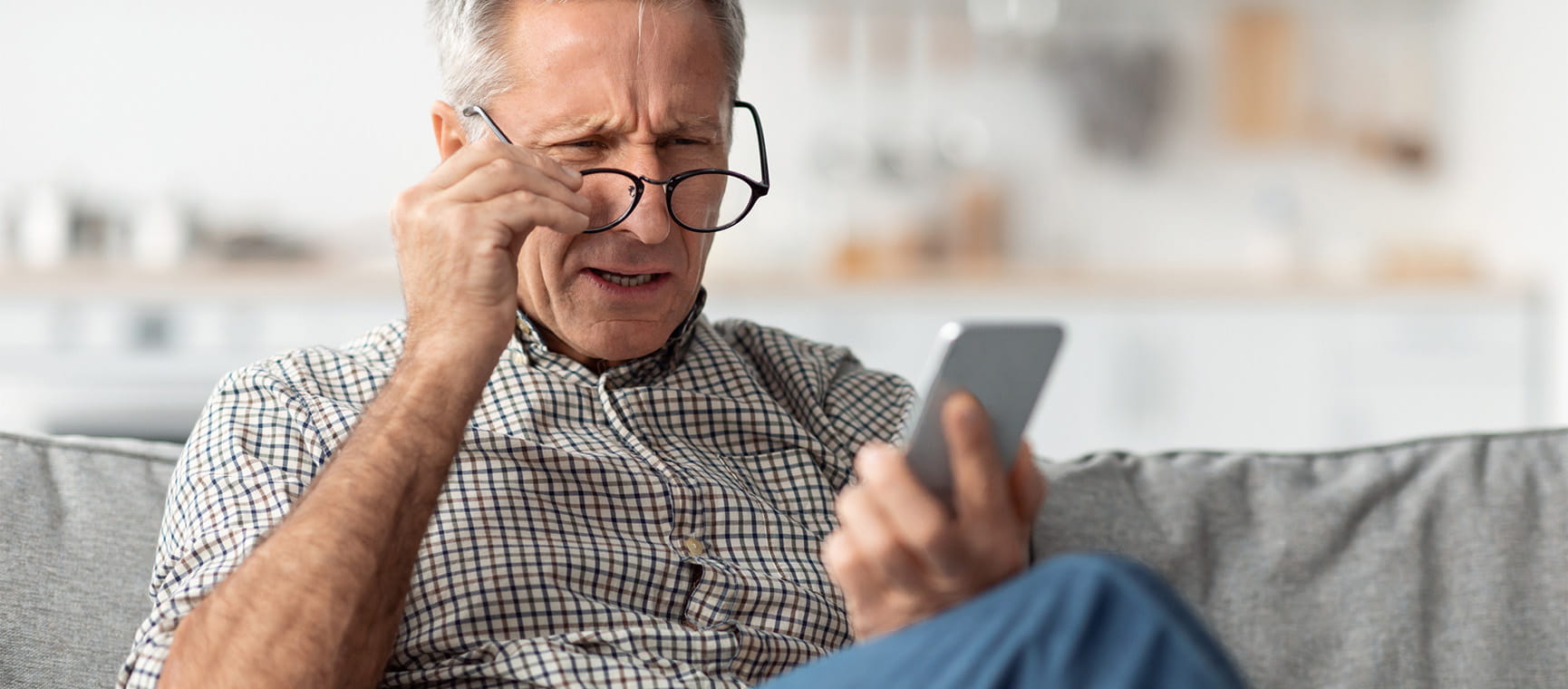I tried Nordic bathing and discovered why Finland is the world’s happiest place
After braving a sauna followed by dips in the sea, the benefits of contrast hot and cold therapy definitely outweighed our writer’s fears.

After braving a sauna followed by dips in the sea, the benefits of contrast hot and cold therapy definitely outweighed our writer’s fears.

For the eighth year in a row, Finland has been named the happiest place on earth by the UN-sponsored World Happiness Report. Many believe the Finnish attitude to outdoor living and health plays a huge part in this contentment. Finland is the birthplace of the sauna and the home of “contrast therapy”, with almost 90% of Finns indulging at least once a week.
Personally, though, getting overly hot in a wooden box then plunging into ice cold water and repeating that sequence for an hour, quite honestly, never really appealed. Despite numerous reports about how beneficial saunas and cold-water swimming are for mind and body, I’ve been scared to push myself out of my comfort zone, worrying I didn’t have the confidence or strength to go through with it.
But a couple months ago, I finally took the “plunge”, and it turns out that the Finns really are on to something.
More and more saunas are popping up on British beaches, and city versions with an ice bath alongside are growing too, as the health benefits become better known.
Dr Susanna Søberg, who has researched cold and heat therapy over many years, says that the minimum threshold for “significant” health benefits is 57 minutes of heat and 11 minutes of cold per week, ideally alternating between the two, and divided over 2-3 days.
The idea is that alternating heat and cold gives the body small doses of healthy stress – “micro stressing” – which strengthens the cells.

According to Dr Søberg’s research, 57 minutes of weekly heat exposure can:
And Dr Søberg research says 11 minutes of weekly cold-water exposure can:

The magic of combining the two may come from the fact that they have opposing effects on the body. Heat exposure increases blood flow, while cold immersion reduces blood flow. Alternating between the two can create a “pumping” effect on the blood vessels, which can improve circulation and reduce inflammation.
One of the best-known studies of the health benefits of saunas was published by Finnish cardiologist Dr Jari Laukkanen in 2018 after 26 years of follow-up on 2,000 middle-aged men. Those who took four to seven saunas a week were 50% less likely to suffer from cardiovascular (heart and circulatory) disease. These regular sauna bathers also had half the risk of strokes, pneumonia, Alzheimer’s and dementia.
Dr Oliver Guttmann, a consultant cardiologist at the HCA Wellington Hospital in London, has likened the effect of cold-water therapy to a cardiac workout of the kind you would get from a run or a gym session.
“When you get into freezing water your body tries to protect itself and shuts down to preserve energy,” he explains. “This means that blood vessels become really constricted and this raises your blood pressure, your heart rate goes up and you breathe very fast. Blood is diverted from the periphery areas of the body, such as hands and feet, to vital organs such as the heart and brain.
“In the longer term, it may help lower your blood pressure and in healthy people with no cardiac problems, will help train your heart just as a run or workout will do.”
I was invited to The Saltwater Sauna in Lulworth Cove in Dorset to experience a Nordic bathing experience. Founded by Arlene and Sam Glyn-Jones, the company focuses on heat exposure (sauna), cold immersion (sea dips), and connection (socialisation), while promoting body positivity and inclusivity. Arlene is a Finn so the importance of authentic sauna culture is ingrained in her DNA.
So, on what seemed to be the only windy and rainy day we’d had in about six months, a group of six of us headed down to the cove – which still manages to look beautiful despite the autumnal weather – to prepare for our 65-minute guided sauna ritual with Jane Witt, who trained in Dr Søberg’s “Thermalist” technique at the Søberg Institute, based in Copenhagen.
Former Army officer Jane became the first UK-based Thermalist instructor and says her time in the forces helps her prepare mere civilians like me for the rigors of what’s to come. “During my incredible time in the army, I experienced the wettest, coldest and the hottest conditions – I’ve served in the deserts of Iraq, been thrown around the Arctic on a boat, and I’ve tried to sleep in the freezing cold after a day of digging trenches,” she says.
“As a result, I can gently coach people as they take their bodies through hot and cold extremes of temperatures. It’s a natural health boost and people become euphoric. That’s why we are booked up weeks in advance and why people keep coming back for more.”

The only saunas I had used before were in gyms and I could last about a minute before getting too hot, and my only cold-water therapy has been when I’ve turned the shower slightly down after reading somewhere many years ago that a blast of cold water keeps your hair looking shiny.
I was quite apprehensive about getting into the sauna, but after a couple of uncomfortable minutes I started to relax, using the slow count-five-in, count-five-out breathing technique we’d been taught. I could soon feel and see the “sauna glow”. It was then time to go outside and walk into the sea, the bit I had been dreading most.
I’m not going to lie and say it was easy (top tip, wear water shoes) but once I got my shoulders under and regulated my breathing, I could already feel the benefits: my skin felt “clean” and my mind suddenly clear and sharply focused – almost a feeling of invincibility. Two to four minutes in the water is the optimum time, so we were soon heading back to the sauna to warm up. We did this twice more before finishing the session in water, which is recommended unless it’s the winter months.
After an overnight stay at Lulworth Lodge, we tried the saltwater sauna again the following morning but this time under our own supervision. I’d told myself I only had to do it once but to my surprise I did the whole hour again and came out feeling even better than I did the day before.
So why did I feel so good after something that doesn’t sound that appealing?
According to Jane, it’s because it stresses the body just the right amount. “We want healthy doses of stress, not extreme stress,” she explains. “Healthy doses of micro stresses of heat and cold activate all those amazing responses, which leaves us feeling revitalised in both our bodies and minds.”
The benefits apply to older people too, she says: “Before using a sauna, and cold-water therapy, there are a couple of risks I would consider. If you have heart problems or high blood pressure, always consult a medical professional. Otherwise, there are very few other things that are going to stop you.
“What we know from research is that regular sauna use is associated with significant risk reduction in some of the longevity lifestyle diseases associated with inflammation in the body. It’s thought it can reduce your risk of cardiovascular events, of Alzheimer’s and dementia, and can be really helpful for rheumatoid arthritis.”
When it comes to cold-water therapy, Jane advises doing it gradually and if you can’t get to the sea or a lake, a cold bath or shower can be beneficial too.
“Even something as simple as putting your hands or feet in ice cold water can help the body kick start the benefits that are associated with full body immersion,” she says. “You can then gradually submerge more of your body each time you do it until your torso and shoulders are under the cold water, whether that’s in a lake, the sea, an ice bath or a shower.
“Temperatures of 10-15°C are ideal, but if you’re new to it, you really don’t need to go below 15°C as anything up to 20°C will have an effect. Going below 10°C is riskier and has no added benefits.
“When it comes to timing, two to four minutes is ideal,” Jane continues. “You get over the initial cold shock response, but it also allows time for the release of the happiness hormones, dopamine and oxytocin, which give us that high. And with that amount of time you will get out of the water feeling like you want more rather than being too cold, which means you will want to do it again.”
And I can certainly say that I’m now a convert. As soon as I got back home, I booked a slot at my nearest sauna and ice plunge. Now I just need a dry robe and a pair of sea shoes (oh, and a beach) and I can start calling myself a contrast-therapy professional.
(Hero image credit: Bill Measom)
Find out more about the saltwater sauna at Lulworth cove and the packages available at Lulworth Lodge.


Click below for your chance to admire the starry skies over the Canaries on board Spirit of Discovery on a cruise worth £4,240pp.

Health insurance for people over 50 that provides a quicker route to diagnosis and planned medical treatment in a private facility.
Underwritten by Bupa Insurance Limited.

Here’s how to spot the symptoms of heat disease and reduce your danger.

Strong calves for a strong mind: how they support our circulation and brain health, with easy moves to strengthen yours at home.


Our GP Dr Mark Porter explains what can cause itchy skin, which is a common problem as we get older.

The benefits of heat and cold therapy, and how Nordic bathing won over our nervous writer.

As the cost of weight-loss injections rise, what are the alternatives? Experts offer advice on the best and safest ways to shed pounds.

Worried you’ve morphed into Victor Meldrew? Find out how to battle that bad mood, and what to do if you’re stuck with a grouchy loved one.

The NHS winter vaccination campaign kicks off next week. Here’s the lowdown on what you need to book.

Pilates for back pain – what to do if you are suffering, and five gentle exercises that could help.

Dizziness or vertigo: a sensation of spinning, can stop us doing everyday things for fear of falling. Try these tips to stop feeling dizzy


You don’t have to put up with bladder leaks. We try out the latest pelvic floor gadgets for men and women.

Cataracts are a normal part of ageing. Learn how to spot the signs – and when it’s time to consider surgery.